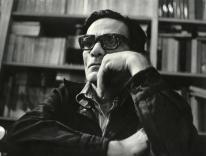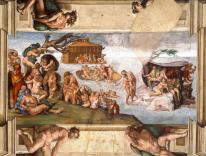It was the brass ring. That’s the one item above all I can’t forget. A thin little circle of metal, it would have been so easy to miss, there in the largest exhibition hall of the National Museum of African American History and Culture. The brass ring itself looked to be broken, like so many of this museum’s historical artifacts. Then I learned that it was deliberately cut so it could be expanded or contracted to fit any size finger, male or female—cut so that it could quickly, easily be slipped on, and just as quickly and easily taken off.
More than four hundred enslaved people wore this single expandable ring during informal marriage ceremonies performed by the Rev. Alexander Glennie in South Carolina during the 1830s. By law, slaves couldn’t be married. But in the eyes of God, and with the good reverend’s blessing, they were wed.
Near the ring I saw Glennie’s journal, listing the names of all those he married. And what a treasure that turned out to be, especially for African Americans in search of scarce records about their enslaved ancestors. Treasures—touching, tragic, and often both—abound in this newest museum on the National Mall in Washington, D.C., which opened last September amidst deserved fanfare and critical acclaim for its architecture and narrative power.

Close to 1 million people have visited since then, an overwhelming number of them African Americans. But this isn’t the story of one racial group. It is America’s story, and the conversations you overhear as people of all races make their way through the museum can be as illuminating as the exhibits. Gazing at a “Whites Only” sign dating from the 1950s, I heard an older black man say that when he came home from military service overseas in 1960, a sign “just like that” was the first thing he saw as he got off a bus in Dallas. Another exhibit displayed a 1955 travel guide, its cover featuring a smiling African American family in a snazzy convertible that looked like a Cadillac, which promised to help users hobbled by segregation find “Vacation and Recreation, without Humiliation.”
“My father had one of those,” a young black man told me.
Not all the conversation among patrons was somber by any means. “Cool!” said a young black woman admiring a poster of Black Panther women from 1969, while her companions, one wearing a “Black Lives Matter” T-shirt, nodded in agreement. The National Museum of African American History and Culture (NMAAHC) has more than 400,000 square feet of space, some 36,000 objects, and three major thematic exhibitions: History, Community, and Culture. Not surprisingly, the mood is different in each exhibit area.
The underground floor tracks the transatlantic slave trade; the lobby showcases the spectacular Yoruba-inspired building; and the middle floors follow the march to freedom from the Civil War to the civil-rights movement. On the top floors you’ll find community and—topping it all off—culture. As you might imagine, it is impossible to absorb or even scan all the NMAAHC has to offer in one day, or several days. Or even know where to start.
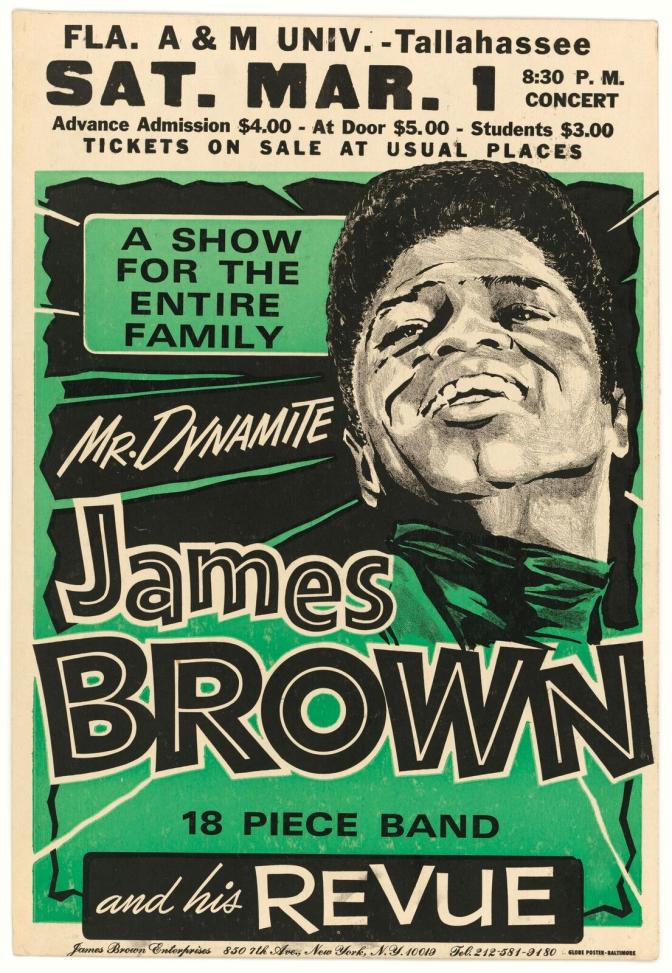
When I visited, a museum staff member suggested starting at the beginning, in the somewhat claustrophobic underground section dealing with the slave trade. This makes narrative sense. A giant image of West African Queen Nzinga dominates the entrance, which emphasizes the richness and diversity of African cultures. The museum doesn’t ignore the complicity of some Africans in the slave trade. But many, like Queen Nzinga (known as “The Warrior Queen” for battling Portuguese slavers), fought back against the Europeans. Native African artifacts quickly recede, however, eclipsed by the shackles, whips, and other tools of the murderous trade. The ugliness of these artifacts is magnified by the statistics provided in the texts explaining the exhibits. For example: “For every one hundred people brutally marched to slave ships from the interior, sixty four survived the march, fifty seven boarded the ships, and forty eight lived to be placed on plantations.” One might wonder: who were the luckier ones?
The museum makes clear from the ground up that whole nations, not just individual fortunes like those that helped establish many of our oldest colleges, were built on slavery. Profits from slavery “laid the economic foundation for Western Europe, the Caribbean, and the Americas,” we are told. Indeed, the experience of the museum should make it all but impossible for any American to think: “This history has nothing to do with me.” Regardless of who our ancestors were, or when they arrived here, the national wealth we all share was built to some large degree on slavery.
Visitors emerge from the museum’s dark, low-ceilinged underground level to a vast exhibition hall, its towering walls inscribed with words from towering historical figures, both black and white. Among the first words one sees are Thomas Jefferson’s, his immortal declaration that “all men are created equal” steeped in stark irony in the context of the story the museum tells. Stunningly, a statue of Jefferson stands in front of a wall of blocks bearing the names of some of the 609 slaves he owned, reminding us that the bodies and forced labor of millions of slaves were the building blocks for a nation allegedly founded on the principles of equality and freedom.
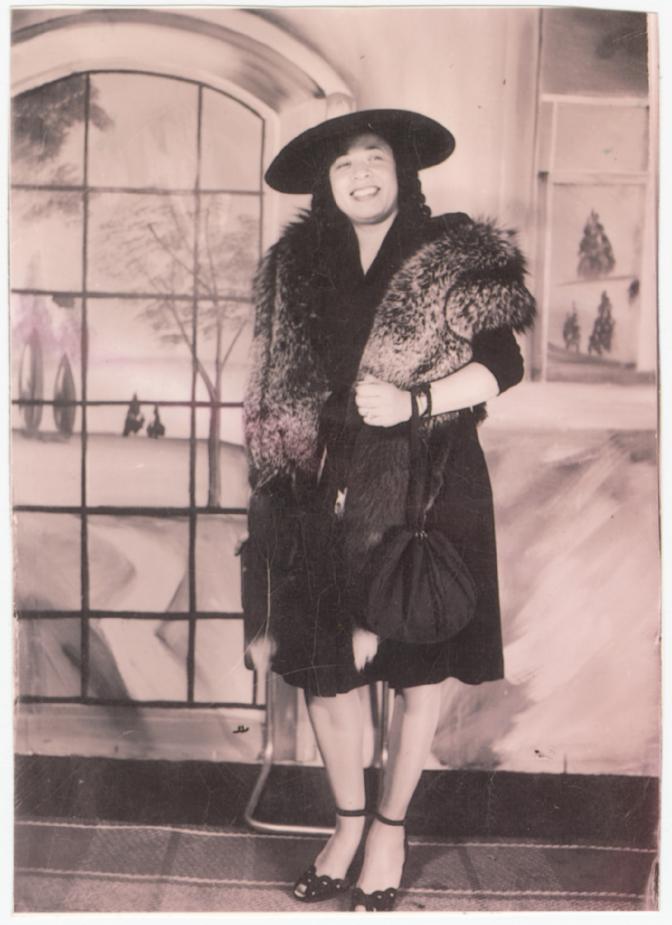
Many of the exhibits in this space are similarly monumental, such as a giant bale of “King Cotton.” Schoolchildren learn—or at least they used to learn—how Eli Whitney’s 1793 cotton gin became the economic engine of the South. What was often left out of that story is how the cotton gin increased the demand for slaves to pick the cotton that fueled an entire economy. “The Empire of Cotton” touched all Americans, South and North, as well as much of Europe.
Another focal point in this exhibit hall is a reconstructed 1853 slave cabin from Point of Pines Plantation, Edisto Island, South Carolina. “The four walls offered some privacy, but no security,” we are told. “As property, no enslaved person was free from assault by slave owners, even at home.”
The slave cabin and the cotton bale make a strong impression. But throughout the museum I found the smaller items, the ones you come upon by yourself or in small company, to be the most memorable. A little tin folder poignantly reminds us of how vulnerable African Americans have been whether enslaved or not. The handmade case held the “freedom papers” of Joseph Tranmell of Virginia, a free black man required to register his status annually with county courts from 1852 to 1865. He carried this small tin with him at all times, and we can imagine the catastrophic consequences if he had lost it or had it taken from him.
Near the slave cabin is a remarkable collection of pottery. “You know, the potters at that time were overwhelmingly black, because they brought those skills from Africa,” a woman standing next to me said. Together we took a closer look and discovered the remarkable story of David Drake—a.k.a. “Dave the Potter.” Drake was enslaved in Edgefield, South Carolina, where his artistry—and likely his audacity—led him to do something most slaves didn’t dare. He signed his work. The museum has a “Dave” storage jar from 1852. An 1858 stoneware churn signed by Dave sold for $130,000 at auction in 2012.
The museum has an excellent cafeteria, “Sweet Home Café,” offering African American cuisine from various sections of the country. It also has on display a long lunch counter designed to recall the groundbreaking 1960 sit-in at the Woolworth’s in Greensboro, North Carolina. Instead of surly waiters enforcing “whites only” policy, this counter offers cushy stools and an extensive touch-screen “menu” of civil-rights history. Nearby, you’ll find an actual stool from the Greensboro counter, along with a dress Rosa Parks was sewing in 1955, the year she sparked the massive Montgomery, Alabama, bus boycott.
Indeed, throughout the museum, objects that have been touched by human hands, for good or ill, are the most affecting: Nat Turner’s Bible; Harriet Tubman’s hand-tatted shawl, a gift from Queen Victoria; Lena Horne’s elegant dresser set; Marian Anderson’s diary; Whitney Houston’s red evening gown; Little Richard’s richly embroidered jacket; a rough slice of rope used in a 1931 lynching. Or the black and white dolls, used by psychologists Kenneth and Marie Clark in the 1954 Brown v. Board of Education hearings, to show Supreme Court justices the negative psychological effects of segregation on black children. Unlike some museums, it would be hard to find anything here that isn’t relevant today. Every issue raised is still with us. And while a museum such as this is long overdue, in a way the timing of its opening has been especially welcome.
Barack Obama was still president when he gave the museum’s dedication address. Imagine if the opening had been scheduled after Jan. 20, and attended by a newly inaugurated president who has been cheered by white nationalists and who had shown little to no understanding of what such a museum represents. President Trump, along with Dr. Ben Carson, his only black cabinet nominee, did visit the museum to mark Black History Month. Carson, a distinguished neurosurgeon, is in fact featured in one of the museum’s exhibits. Too bad Trump didn’t bring his chief strategist, Steve Bannon, or his attorney general, Jeff Sessions—two political figures not known for placing the welfare of African Americans high on their list of priorities.
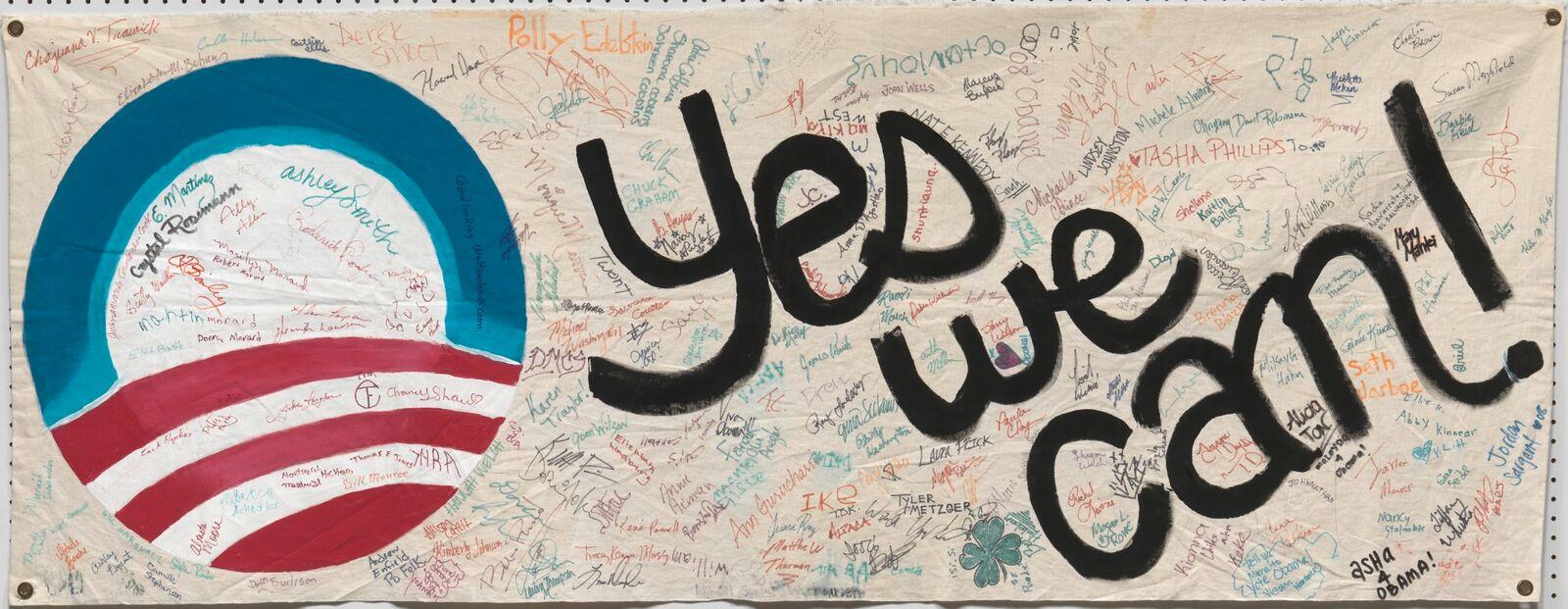
In his usual bombastic style, Trump praised the museum, its founders, and its donors. After all, we have his word for it that he is “the least racist person” any of us will ever meet. Then, oblivious to the brutal history the museum chronicles, Trump said African Americans have “always looked at the U.S. as the promised land of freedom.” He deplored bigotry against any group, but made no mention of the lingering racism or the economic deprivations still faced by African Americans.
Millions will visit the museum during the Trump presidency. They will rub shoulders with people of different races, religions, nationalities, and backgrounds. And if they pay even the slightest attention, they will come to appreciate how fragile freedom and equality are. They are as rare and precious as the little brass wedding ring briefly worn by enslaved couples in antebellum South Carolina.
Please email comments to [email protected] and join the conversation on our Facebook page.
Share
Previous Story
‘The Closest Thing I Have to Religion’
Next Story
Is Trump Truly Meshugah?
